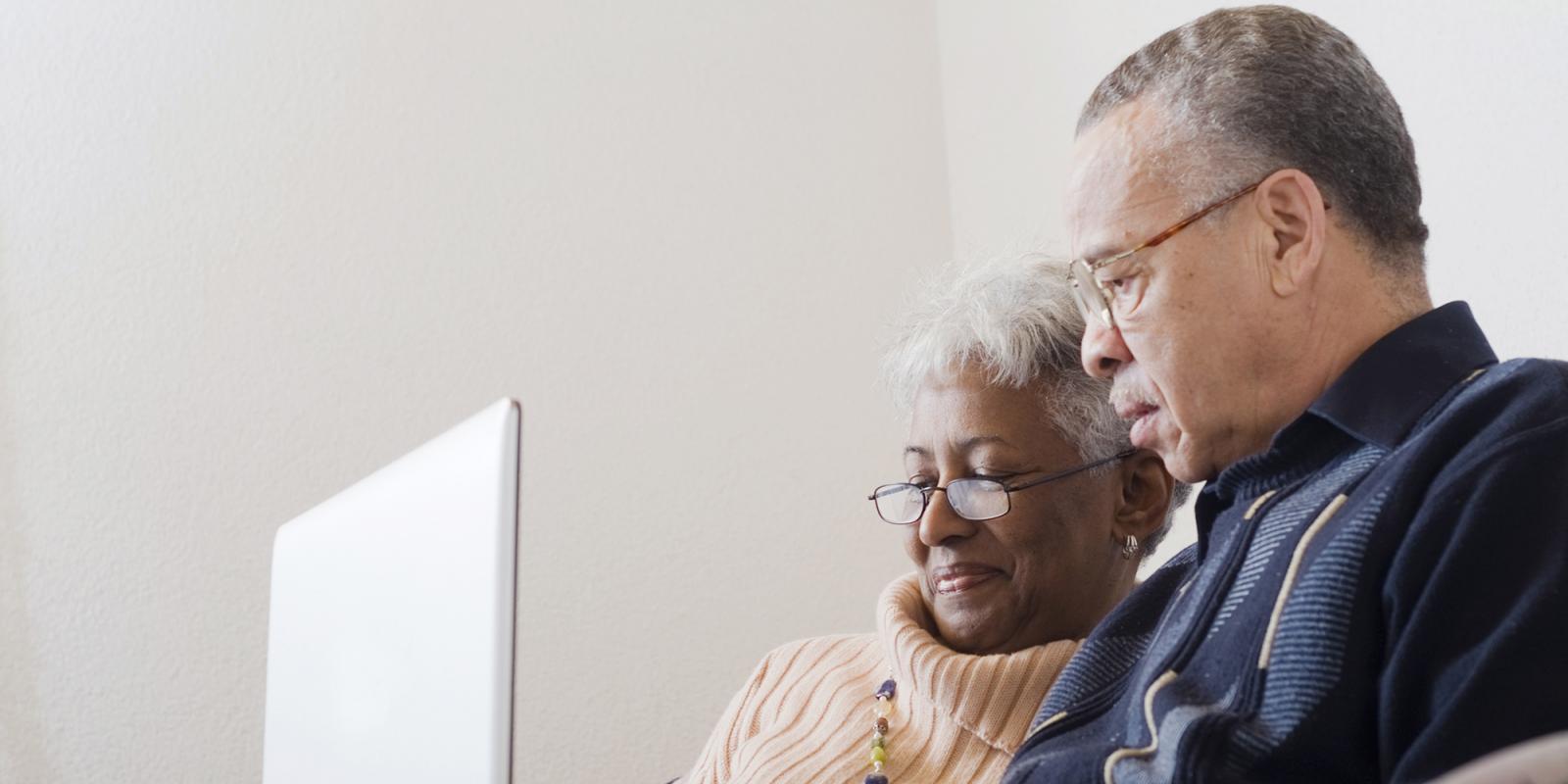Horace Mann once described education as “the great equalizer—the balance wheel of the social machinery,” arguing that instead of being a benefit reserved for privileged elites, it should serve as a universal force for social cohesion. Education should be universally available and valued as a civic necessity. Mann rejected the idea of an American aristocracy, and as one of the most successful reformers in history, he helped design the modern public education system that became a bulwark of the country’s promise of opportunity and justice.
Today, we might ask whether the digital age is at a similar crossroads, with technology having taken over as our century’s primary architect of social outcomes. Technology has the potential to be a “great equalizer,” but today is an accelerant of social divisions. The severe inequities that burden so many Americans—and older adults in particular—are in many ways made worse by a technology-driven culture and economy that favors individuals from privileged backgrounds.
At the same time, the technology boom has made it possible to overcome many distinctions of geography, physical capacity and demography. The COVID-19 crisis has made this clearer than ever before, as the digitally disconnected—and again, older adults in particular—have suffered from extreme isolation and lack of access to social and economic resources, while the digitally privileged have remained comparatively better connected, informed and cared for.
This is why OATS and Senior Planet from AARP are dedicated to equipping older adults with the skills to use technology and empowering them to integrate it into their daily lives. In January, with support from the Humana Foundation, OATS released a landmark report, Aging Connected, that analyzes urgent disparities in technology access and use among older adults. The study reveals that nearly 22 million older adults do not have wireline broadband (high-speed) access at home, and found disturbing correlations between digital disengagement and race, disability, health status, educational attainment, immigration, rural residence and income. As America seeks to provide equal opportunity for all, this lack of Internet access at home threatens to widen already serious divides between the privileged and disadvantaged.
Much attention has recently been paid to the “homework gap” among students who don’t have access to the tools they need for schooling during the pandemic, and comparable challenges exist for older adults whose barriers are two-fold: a lack of access combined with a technology education gap. The consequences for older adults can be life-threatening. A recent University of Michigan National Poll on Healthy Aging revealed that “45% of adults over 65 lack online medical accounts that could help them sign up for COVID-19 vaccinations.”
Despite the digital divide and the problems it creates, technology itself is unbiased and provides equal access to the world’s digital library. If older adults are given access to technology and taught how to use those tools, nothing stands in the way of using the Internet to build a small business, find ways to save money by comparison-shopping online or schedule vaccine appointments necessary to return our society to normal life.
Take Virginia Hamlin, for example. Hamlin is an artist and entrepreneur who specializes in custom ceramic art and unique scarves. During the COVID-19 pandemic, Hamlin, along with many other artists, was forced to move her business online. Through Senior Planet, she learned how to conduct all of her business online. Technology and resources from Senior Planet helped empower Hamlin to continue operating her business safely and efficiently in unprecedented circumstances.
Hamlin is just one example of how technology can improve the lives of older adults. But to change lives, more older adults need access to technology and its extraordinary potential for social change. Together with the Humana Foundation and AARP, OATS is leading a new campaign called Aging Connected that is bringing together people and organizations over the next two years to measurably help close the technology gap for older Americans.
Horace Mann said something else worth remembering in a speech just days before he died in 1859: “Be ashamed to die before you have won some victory for humanity.” The problem is clear and the solutions are within our reach. We must work together to make sure that the digital age is one that fulfills this promise.
Tom Kamber is founder and executive director of OATS in New York City.
The On Aging 2021 keynote session, “Technology: The ‘Great Equalizer’ of Society,” happens Wed., April 7, 8:30 a.m. PT, 11:30 a.m. ET. Speakers include Tom Kamber, executive director, Older Adults Technology Services (OATS), Dr. David Rhew, global chief medical officer and vice president of Healthcare, Microsoft and Trinity Thorpe-Lubneuski, senior director, Internet Essentials, Comcast.













